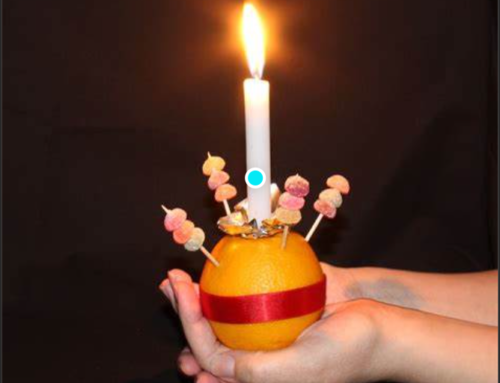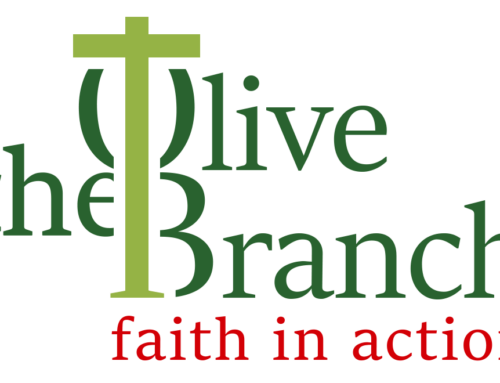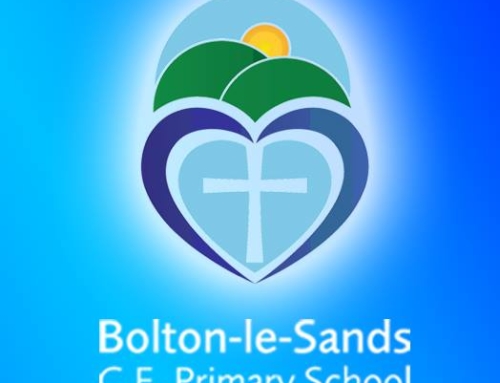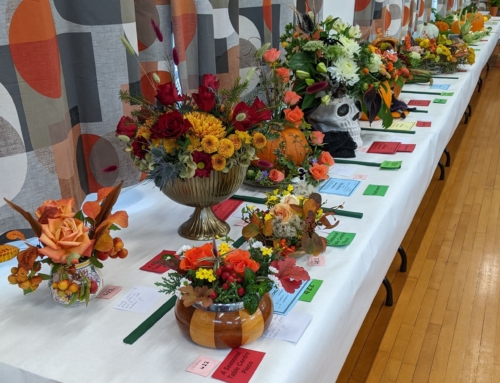A Shared Heritage: From St Michael’s Chapel to Holy Trinity and Beyond
By embracing both our distinct traditions and our shared faith, can we build a village community where Anglican and Catholic brothers and sisters stand together in hope, faith, and love—honoring our past while journeying forward in unity.
The spiritual heart of Bolton-le-Sands has been shaped by centuries of faith, community, and shared history. Our parish church, founded before 1094, was originally dedicated to St Michael the Archangel—a figure of protection, courage, and divine victory over evil. This dedication, common in the medieval Catholic Church, reflects the rich Catholic roots of our village’s earliest Christian worship.
The original St Michael’s chapel was a focal point of worship for the local community, enduring through the Reformation and the many changes that followed. By the 19th century, the church had become part of the Church of England and was renamed Holy Trinity during a major restoration in 1881. This renaming reflected Anglican theological emphasis while continuing the building’s legacy as a place of worship.
Yet, despite changes in name and denomination, the legacy of St Michael remains alive in the church’s architecture and art. The stained glass window in the west tower, depicting an angel defeating a dragon—an iconic image of St Michael—was installed in the late 19th century as a respectful nod to our shared past.
Not far from Holy Trinity stands the Catholic church of St Mary of the Angels, built in the 1880s, continuing the vibrant Catholic tradition in our village. Together, these churches embody a rich tapestry of faith traditions woven through Bolton-le-Sands’ history.
 Building Unity Together
Building Unity Together
Our shared heritage offers a unique opportunity to foster deeper unity and cooperation between the Anglican and Catholic communities today. Here are some ways we might build on this foundation:
- Joint Celebrations of Heritage: Organize ecumenical services or events that celebrate our common history, such as feast days related to St Michael or shared Christian festivals.
- Community Service Projects: Collaborate on local outreach initiatives—helping those in need, caring for the environment, or supporting village events—to live out our shared call to love and service.
- Educational Opportunities: Host joint talks, history walks, or discussion groups exploring our church’s history, theology, and traditions to promote mutual understanding and respect.
- Shared Prayer and Reflection: Create spaces or times for interdenominational prayer or Bible study that nurture spiritual bonds across our communities.
- Youth and Family Engagement: Develop programs and activities that bring young people and families from both churches together, fostering friendship and unity from an early age.
By embracing both our distinct traditions and our shared faith, we can build a village community where Anglican and Catholic brothers and sisters stand together in hope, faith, and love—honoring our past while journeying forward in unity.
Dr. Paul Wadeson
30th July 2025.
Editors Note: The invitation equally applies to Christ Church URC.







